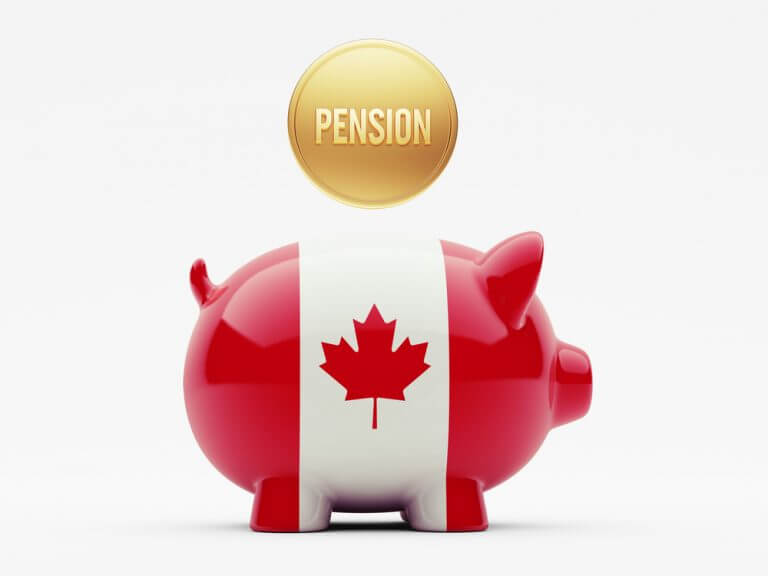
In 2018, many owner-managers across Canada chose to adjust staff levels, wages and prices when the minimum wage was increased. For many, it is still too early to determine the final impact on the corporate bottom line as a full fiscal year has not been completed.
With the adjustments of 2018, owner-managers may not have looked at budgets for 2019, but considering changes in the Canada Pension Plan (CPP), it may be time to start projecting 2019 and beyond
BILL C-26
On October 6, 2016, Bill C-26 was passed with the objective of enhancing the CPP to increase the amount working Canadians receive from CPP when they retire. The amount is set to increase from one quarter of their eligible earnings to one third. The increase to an individual’s pension will depend on how long and how much they have contributed to the enhanced CPP structure. An individual will receive the full increase if they have contributed to the enhanced CPP for 40 years. Further, the federal working income tax benefit (WITB) will increase to offset the increase in CPP contributions from low-income earners.
This is a polite way of saying that starting January 1, 2019, higher contributions will be required from both employees and employers. Higher contributions will be phased in over seven years.
The new structure requires that employees and employers contribute more on earnings up to the maximum amount of eligible earnings as indicated under the CPP contribution tables. By 2023, the employee and employer CPP contribution rate will have risen from 4.95 per cent to 5.95 per cent of eligible earnings. This increase will be phased in gradually from 2019 to 2023.
Those who are self-employed pay both sides of the equation, so contributions will have risen by 2% of eligible earnings by 2023.
MAXIMUM PENSIONABLE EARNINGS INCREASING
Under the current system, CPP contributions are capped at 4.95% of the maximum annual pensionable earnings of $55,900. Once the $3,500 basic exemption is applied, the maximum contribution by both employee and employer is $2,593.80 for a total contribution of $5,187.60.
Down the road the Yearly Maximum Pensionable Earnings (YMPE) figures are going to change starting from the 2018 YMPE maximum to a projected YMPE of $72,500 by 2025. This amounts to an increase in the YMPE approximating 30%.
In addition to establishing a graduated YMPE rate for contributions there will be a new upper earnings limit starting in 2024 called the Year’s Additional Maximum Pensionable Earnings (YAMPE) that will effectively require both the employee and the employer to pay an additional amount into CPP when they exceed the YMPE. It appears that an additional 4% contribution will be required by both the employee and the employer on any amounts that exceed the $72,500 YMPE amount up to the YAMPE of $82,700.
TAX DEDUCTION FOR ENHANCED CPP CONTRIBUTION
For the employed and self-employed that exceed the $72,500 YMPE and are required to pay in an additional amount to CPP, the employed will be entitled to a tax deduction on the excess amount, while the self-employed will be able to deduct both the employee and employer share of enhanced contribution.
MANAGE THE FUTURE
Even though these increases will be phased in over time, astute owner-managers must consider:
- the future cost of payroll and the impact on profits
- the impact that these changes may have on the company retirement and savings plans already in place for employees

- whether future hires will be entitled to the same benefit package as existing employees
- ensuring that those preparing payroll are aware of the impending changes
- preparing your employees for the additional deductions by communicating to employees the projected additional CPP source deductions from their pay
- communicating to the employee the additional benefit cost for contributions the company makes to their CPP
- communicating to employees the impact that additional contributions may or may not have on the company retirement and savings plan
- the impact that this may have on future payroll costs as employees request raises to offset the additional deductions from payroll and an increase in the cost of living
- the timing of bonuses and other discretionary income
Employers and those who are involved in payroll may be interested in reviewing the CRA website that offers a chart showing the timing of the changes, the increased YMPE, the additional contribution amounts that will be required up to the YMPE and the contributions required on amounts over the YMPE. Those who are involved with payroll will certainly want to keep abreast of the changes and ensure that their accounting packages can be modified for the changes that are coming.
**This blog is for information only and not to be used as tax advice or planning without first seeking professional advice. Information is subject to change without notice.
***This article was originally published in Volume 32, Issue 5 of Business Matters in October 2018. BUSINESS MATTERS deals with a number of complex issues in a concise manner; it is recommended that accounting, legal or other appropriate professional advice should be sought before acting upon any of the information contained therein. Although every reasonable effort has been made to ensure the accuracy of the information contained in this letter, no individual or organization involved in either the preparation or distribution of this letter accepts any contractual, tortious, or any other form of liability for its contents or for any consequences arising from its use. BUSINESS MATTERS is prepared bimonthly by the Chartered Professional Accountants of Canada for the clients of its members. Richard Fulcher, CPA, CA – Author.
